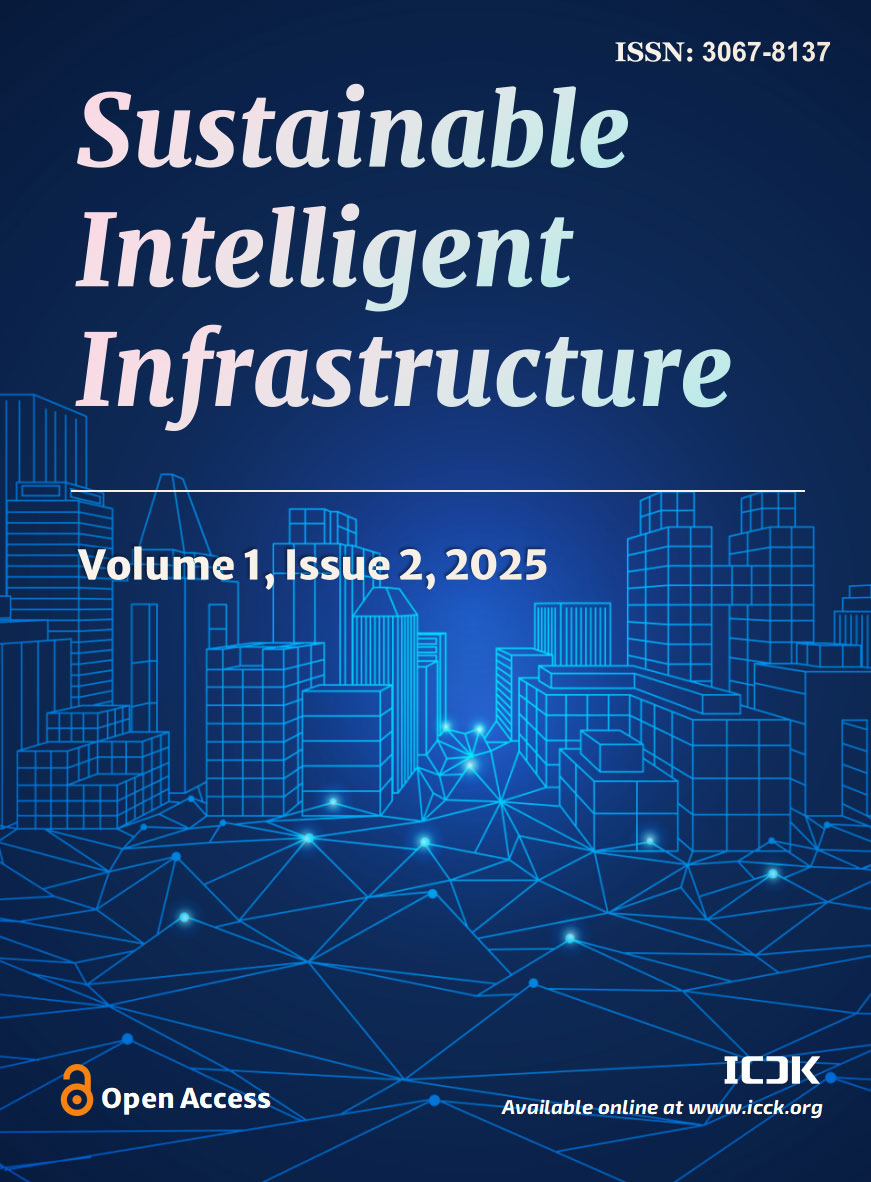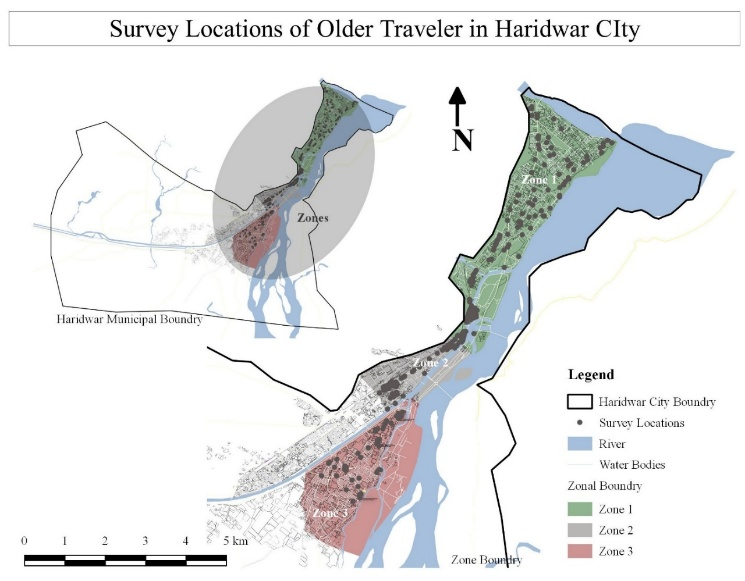Abstract
Pilgrimage tourism in India is a cultural and deeply spiritual journey, especially for elderly individuals who view it as a cherished life milestone. However, their mobility and accessibility needs are often under-addressed in policy and planning. This study examines inclusive mobility challenges faced by elderly pilgrims in Haridwar through qualitative and quantitative data from 225 participants, including interviews, group discussions, and field observations. Findings reveal physical, sensory, and cognitive barriers that restrict freedom, dignity, and spiritual fulfilment. Existing infrastructure and services, such as signage and pathways, are frequently inadequate. The research highlights a strong link between inclusive mobility features and enhanced independence and travel experiences. Comparative best practices inform evidence-based recommendations for policymakers and planners, proposing a framework that integrates spiritual needs with universal design for more equitable and accessible pilgrimage experiences.
Keywords
inclusive pilgrimage tourism
elderly pilgrims
travel challenges
haridwar
India
Data Availability Statement
Data will be made available on request.
Funding
This work was supported without any funding.
Conflicts of Interest
The authors declare no conflicts of interest.
Ethical Approval and Consent to Participate
Not applicable.
Cite This Article
APA Style
Jaiswal, S., Baghel, A. S., Basu, S., Anand, P., Yantrapalli, S. K., & Kontoni, D. P. N. (2025). Enhancing Inclusive Mobility for Elderly Pilgrims in Indian Religious Cities: A Case Study of Haridwar. Sustainable Intelligent Infrastructure, 1(2), 74–92. https://doi.org/10.62762/SII.2025.431581
Publisher's Note
ICCK stays neutral with regard to jurisdictional claims in published maps and institutional affiliations.
Rights and Permissions

Copyright © 2025 by the Author(s). Published by Institute of Central Computation and Knowledge. This article is an open access article distributed under the terms and conditions of the Creative Commons Attribution (CC BY) license (
https://creativecommons.org/licenses/by/4.0/), which permits use, sharing, adaptation, distribution and reproduction in any medium or format, as long as you give appropriate credit to the original author(s) and the source, provide a link to the Creative Commons licence, and indicate if changes were made.


 Submit Manuscript
Edit a Special Issue
Submit Manuscript
Edit a Special Issue

 Copyright © 2025 by the Author(s). Published by Institute of Central Computation and Knowledge. This article is an open access article distributed under the terms and conditions of the Creative Commons Attribution (CC BY) license (https://creativecommons.org/licenses/by/4.0/), which permits use, sharing, adaptation, distribution and reproduction in any medium or format, as long as you give appropriate credit to the original author(s) and the source, provide a link to the Creative Commons licence, and indicate if changes were made.
Copyright © 2025 by the Author(s). Published by Institute of Central Computation and Knowledge. This article is an open access article distributed under the terms and conditions of the Creative Commons Attribution (CC BY) license (https://creativecommons.org/licenses/by/4.0/), which permits use, sharing, adaptation, distribution and reproduction in any medium or format, as long as you give appropriate credit to the original author(s) and the source, provide a link to the Creative Commons licence, and indicate if changes were made. 